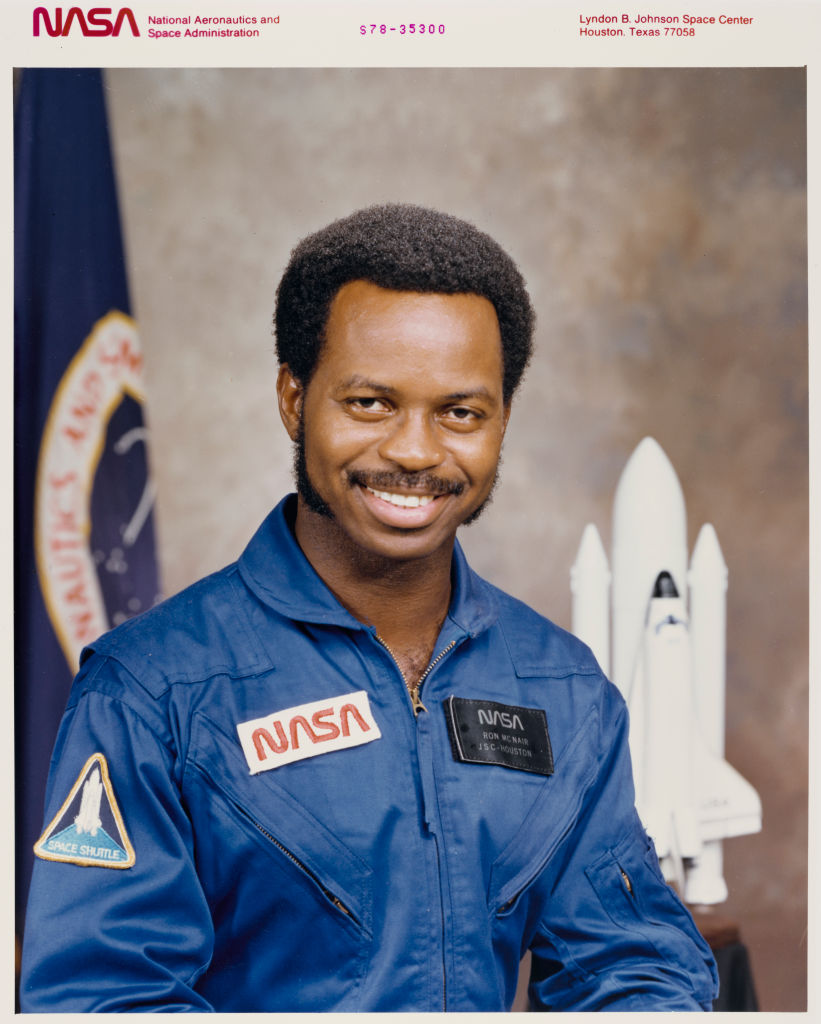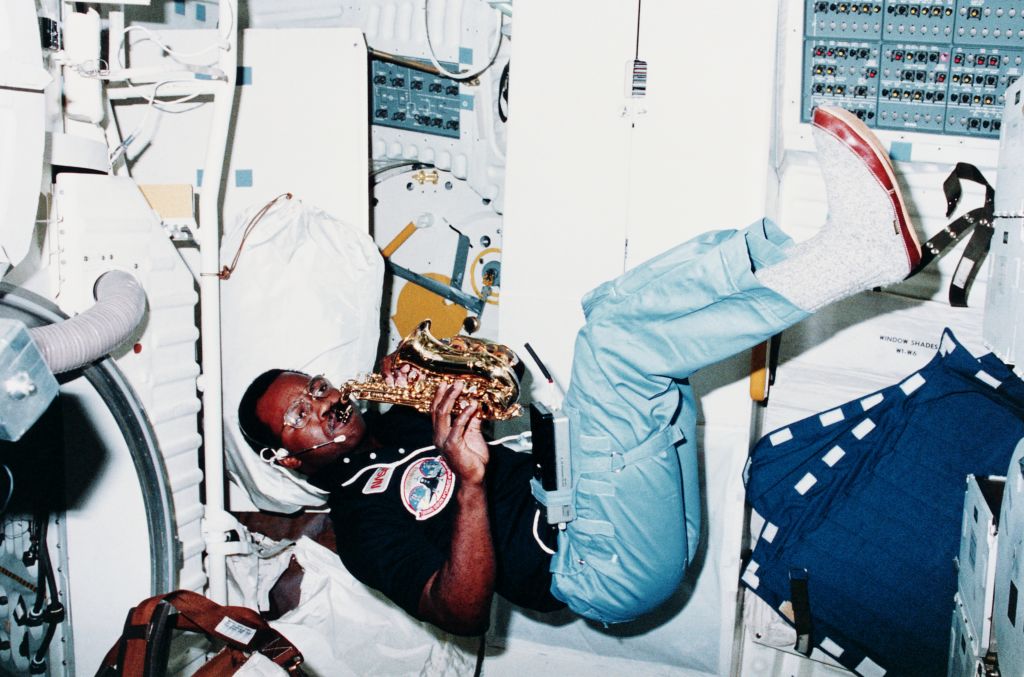
Source: Space Frontiers / Getty
UPDATED: 5 p.m. ET, Oct. 21, 2024 —
Monday marks the birthday of the lone Black astronaut aboard the ill-fated Space Shuttle Challenger explosion, which all seven space travelers on the NASA spacecraft died shortly after liftoff from Cape Canaveral in Florida on Jan. 28, 1986.
The mission included Ron McNair, a pioneering Black scientist who overcame the racism of the Jim Crow South to become the first HBCU graduate to be an astronaut and the second African American person in space.
Born on Oct. 21, 1950, McNair would have turned 74 this year.
MORE: First African American Astronaut Receives Full Honors 50 Years After Death
Unusually cold weather on that morning was blamed for the explosion. The cold temperatures caused the failure of two rubber O-rings that sealed the joints between the sections of the rocket booster.
The crew member who received a lot of attention was Christa McAuliffe, a 37-year-old New Hampshire teacher. She got a seat on the shuttle through NASA’s Teacher In Space program.

Ron McNair relaxes with his saxophone during the STS 41-B mission on the Challenger shuttle in February 1984. | Source: NASA / Getty
McNair’s contributions have often been overlooked
McNair’s achievements weren’t easy considering the fact that he grew up in an era when all the odds against Black excellence were even higher than they are today.
The South Carolina native was born in Lake City, about 80 miles east of Columbia, to an auto mechanic father and a mother who was a school teacher, according to the Greensboro News & Record.
The child prodigy started reading at age 3 and entered the second grade two years later. As a youngster, he refused to allow Jim Crow restrictions to limit his thirst for knowledge. His older brother, Carl McNair, recalled an incident in which 9-year-old Ronald defied the ban on African Americans borrowing books from the local public library.
Carl McNair told NPR News in 2011 that his younger brother went to the library because he wanted to study science but couldn’t find advanced books from sources available to African Americans.
“When he was 9 years old, Ron, without my parents or myself knowing his whereabouts, decided to take a mile walk from our home down to the library,” Carl said. “So, as he was walking in there, all these folks were staring at him — because they were white folk only — and they were looking at him and saying, you know, ‘Who is this Negro?’”
When he refused to leave, the librarian called the police and their mother, the elder brother said. Ultimately, he was allowed to borrow the books.
McNair attended and graduated from North Carolina A&T University because white colleges in South Carolina at that time wouldn’t accept Black students who wanted to study physics or engineering. After graduating from the historically Black college, he went on to the elite Massachusetts Institute of Technology and graduated in 1976.
In 1978, NASA selected McNair as one of its 35 new astronauts from 8,000 applicants. There were two other African Americans in that group: Frederick Gregory and Guion Bluford, the latter of whom in 1983 became the first Black person to travel in space.
SEE ALSO:
First African American Astronaut To Fly On International Space Station
NASA Names New Space Facility For Katherine Johnson Of ‘Hidden Figures’

0 photos
